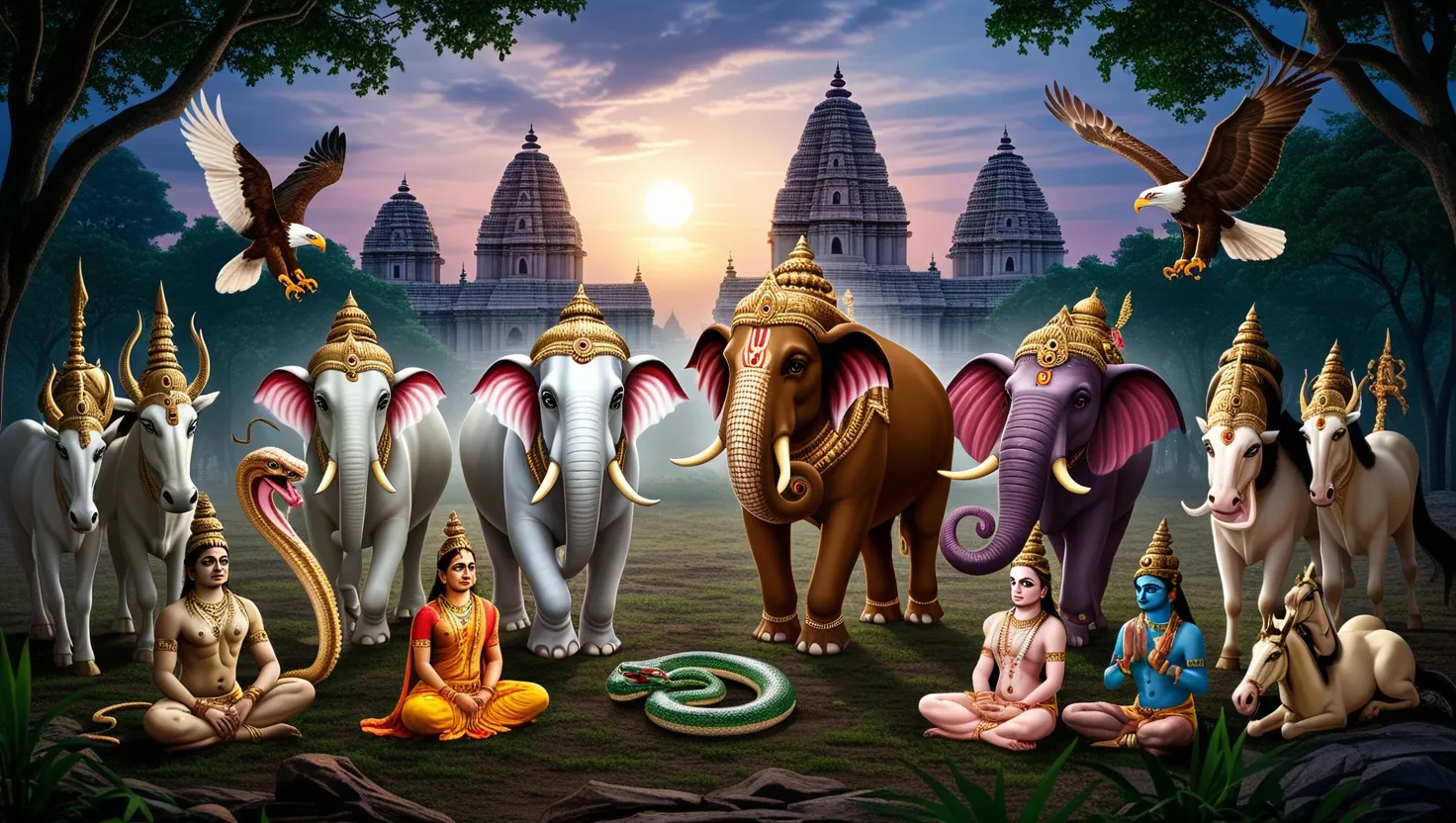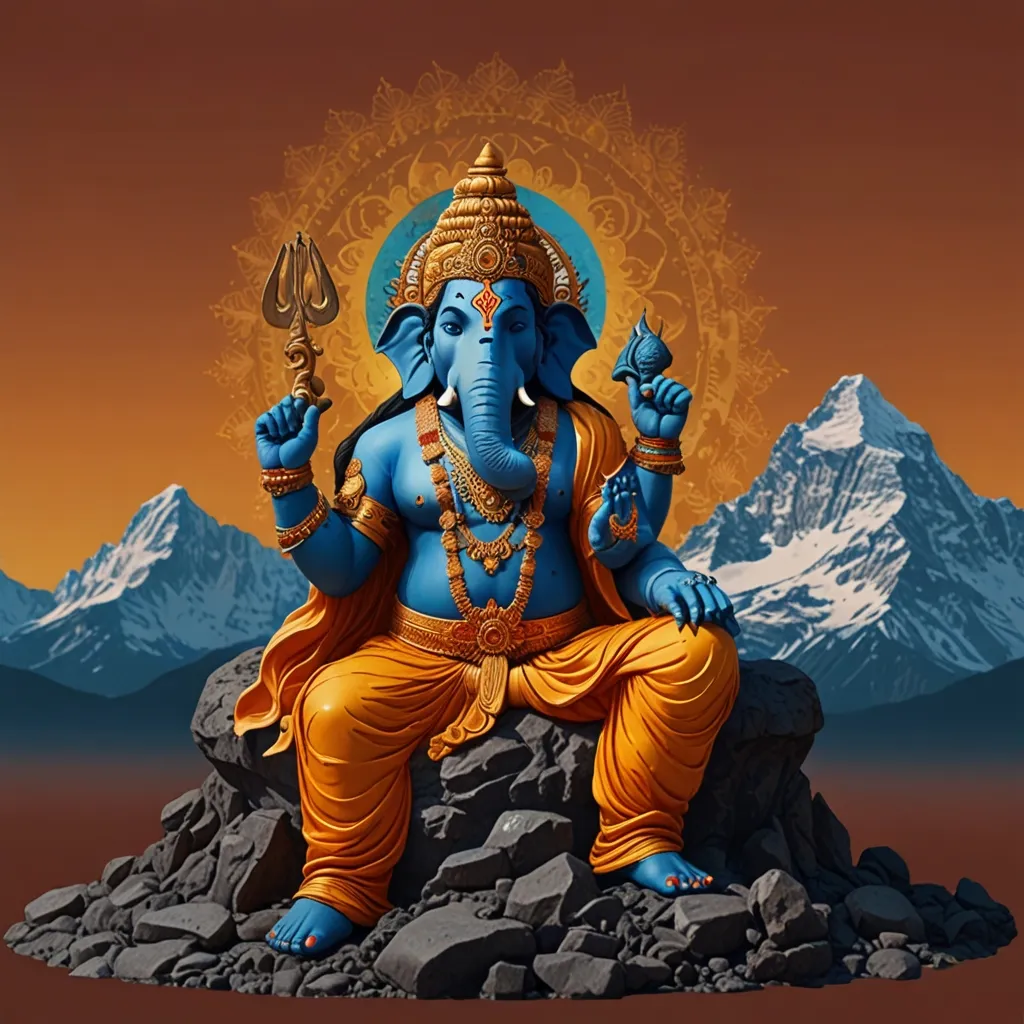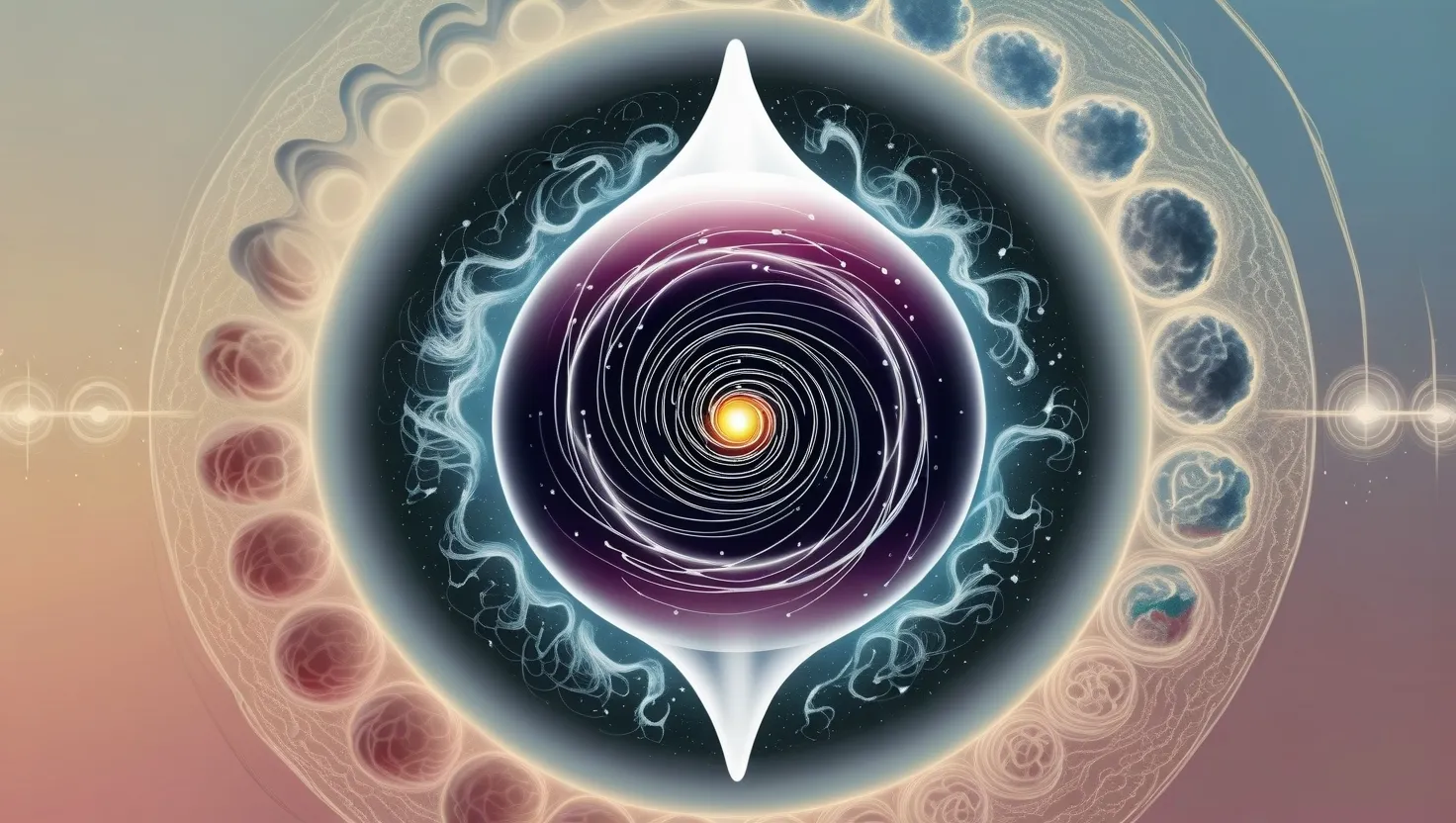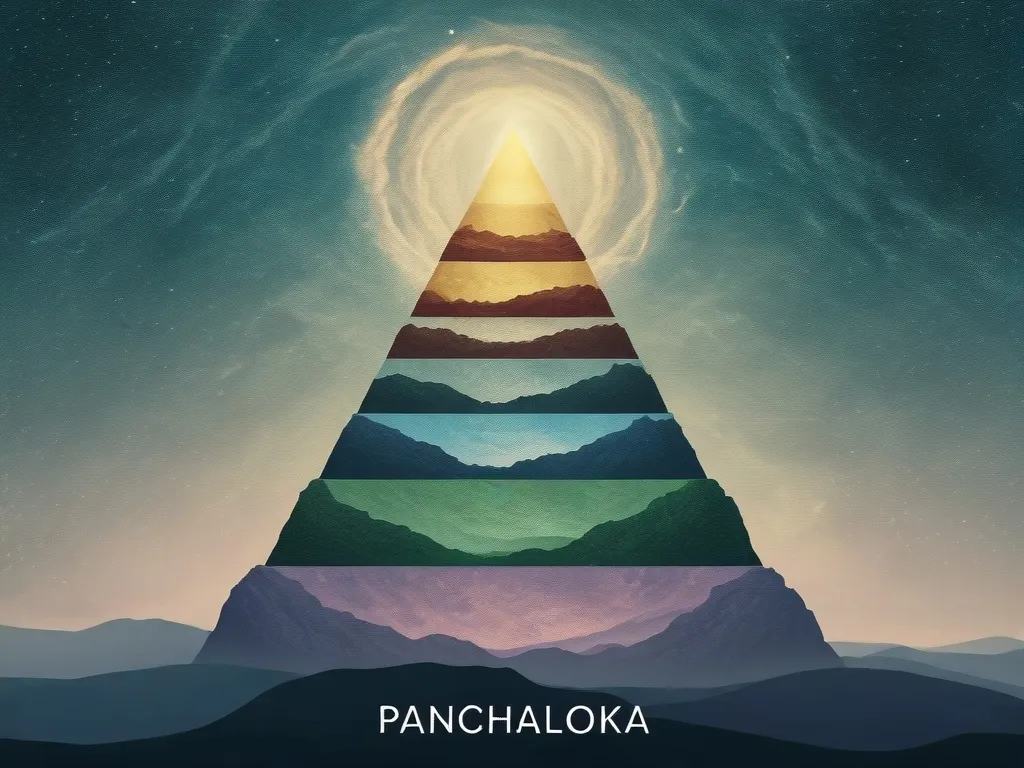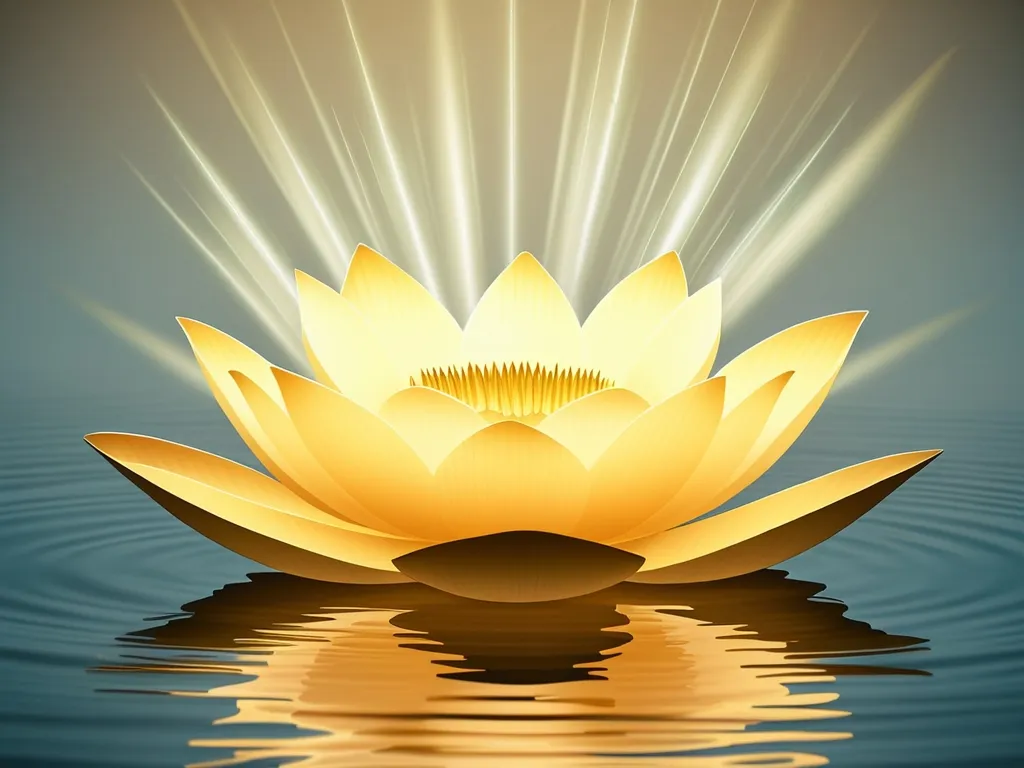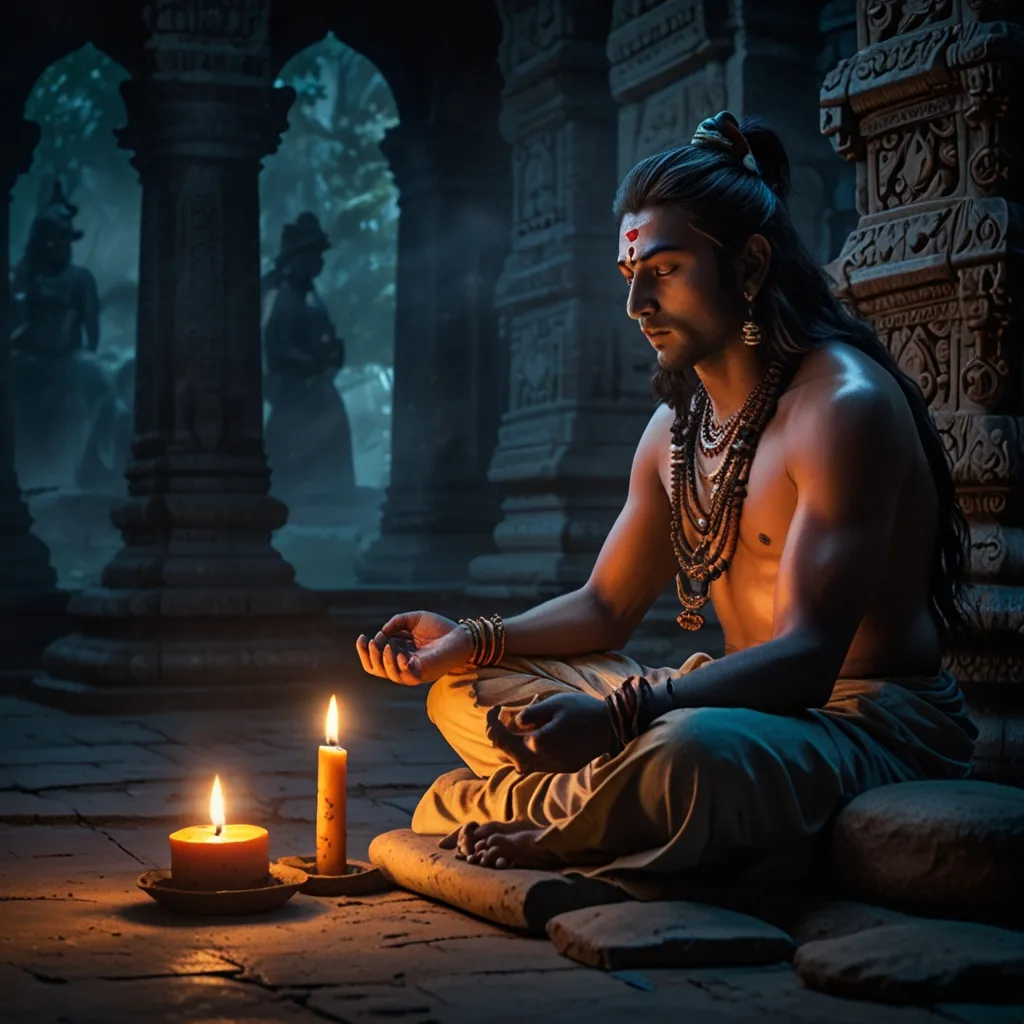The rich tapestry of Hindu mythology is woven with threads of fantastical creatures that capture the imagination and convey profound spiritual truths. These beings, far from mere flights of fancy, serve as powerful symbols that bridge the gap between the mundane and the divine. Let’s embark on a journey to explore eight of these fascinating mythical creatures from the Puranas and uncover their deeper meanings.
Our first stop is the majestic Garuda, the eagle-like mount of Lord Vishnu. With his piercing gaze and powerful wings, Garuda embodies speed, strength, and the triumph of good over evil. His eternal conflict with serpents represents the ongoing struggle between light and darkness that plays out in our own lives.
“In the battle of life, it is not the strongest or the fastest who win, but those who never give up.”
This quote reminds us of Garuda’s unwavering determination. How can we cultivate that same persistence in our own lives?
Next, we encounter Airavata, the magnificent white elephant that emerged from the churning of the cosmic ocean. As the mount of Indra, king of the gods, Airavata symbolizes royal power and celestial authority. His brilliant white color represents purity and wisdom. In many ways, Airavata embodies the ideal of righteous leadership - strong yet gentle, powerful yet wise.
The wish-fulfilling cow Kamadhenu represents nature’s boundless generosity. She reminds us of the sacred bond between humans and the natural world, a relationship that modern society often forgets. Kamadhenu’s ability to provide all desires serves as a metaphor for the abundance that surrounds us if we only have eyes to see it. What would change in our lives if we approached the world with an attitude of gratitude for its gifts?
Shesha, the cosmic serpent, coils beneath Lord Vishnu as he rests between cycles of creation. With his thousand heads, Shesha represents infinity and the endless nature of time and space. He reminds us that beneath the apparent chaos of life lies a deeper cosmic order. Shesha’s ability to support the world on his hoods symbolizes the strength that comes from inner balance and alignment with universal principles.
“The universe is not outside of you. Look inside yourself; everything that you want, you already are.”
This quote echoes the wisdom embodied by Shesha. How might our perspective shift if we truly internalized this truth?
The Yali, with its composite form blending elements of lions, elephants, and other creatures, guards the thresholds of temples. These fearsome yet benevolent beings represent the liminal space between the sacred and profane. They challenge us to be mindful as we move between different states of consciousness in our spiritual practice. The Yali asks: Are you truly prepared to enter the inner sanctum of the divine?
The celestial musicians known as Gandharvas embody artistic excellence and refined culture. Their heavenly melodies remind us of music’s power to elevate the soul and bridge worlds. The Gandharvas teach us that art and beauty are not mere luxuries, but essential elements that nourish our higher nature. How can we invite more beauty and creativity into our daily lives?
Kinnaras, the half-human, half-bird beings, represent the blending of earthly and celestial realms. Their dual nature symbolizes humanity’s unique position as beings with one foot in the material world and one in the spiritual. The Kinnaras challenge us to harmonize these aspects of our nature, finding balance between our worldly duties and our higher aspirations.
Finally, we come to Uchchaihshravas, the seven-headed horse that arose from the cosmic ocean. As the mount of Indra, this magnificent steed represents speed, vitality, and the power to traverse different realms of existence. Uchchaihshravas reminds us of the mind’s capacity for swift movement and the importance of directing our mental energy wisely.
“The mind is everything. What you think you become.”
This quote captures the essence of Uchchaihshravas’ symbolism. How can we harness the power of our thoughts to propel us toward our highest goals?
These eight mythical creatures from the Puranas are far more than colorful stories or artistic motifs. They serve as gateways to deeper understanding, inviting us to contemplate profound truths about the nature of reality and our place within it. Each creature embodies specific virtues and cosmic principles, offering us a rich symbolic language to explore the mysteries of existence.
As we reflect on these beings, we’re challenged to see beyond their fantastical forms to the universal truths they represent. Garuda’s eternal vigilance against evil reminds us to remain alert to negative influences in our lives. Airavata’s regal bearing inspires us to cultivate wisdom and strength of character. Kamadhenu’s generosity encourages us to recognize and share the abundance in our lives.
Shesha’s infinite coils prompt us to contemplate the vast cycles of time and our place within them. The Yali guardians at temple thresholds remind us to approach sacred spaces - both external and internal - with reverence and preparation. The celestial music of the Gandharvas calls us to cultivate beauty and harmony in our lives and relationships.
The dual nature of the Kinnaras challenges us to integrate the different aspects of our being, finding balance between our earthly responsibilities and spiritual aspirations. And Uchchaihshravas, with his seven heads and swift movement, reminds us of the power of a focused and disciplined mind.
These mythical creatures serve as bridges between the seen and unseen worlds, helping us to conceptualize abstract principles and cosmic laws. They give form to the formless, allowing our minds to grasp profound truths through vivid imagery and symbolism. In contemplating these beings, we engage in a form of visual philosophy, using the imagination as a tool for deeper understanding.
Moreover, these creatures remind us of the interconnectedness of all life. In the Puranic worldview, the boundaries between human, animal, and divine are fluid. This perspective fosters a sense of kinship with all of creation, encouraging us to approach the world with reverence and care.
The enduring popularity of these mythical creatures in Hindu art, literature, and spiritual practice speaks to their power to captivate the imagination and convey timeless wisdom. They continue to inspire artists, storytellers, and seekers, offering fresh insights to each new generation.
As we conclude our exploration of these eight mythical creatures from the Puranas, we’re left with a sense of wonder at the richness of this symbolic language. These beings invite us to look beyond the surface of things, to seek the hidden meanings and deeper truths that lie beneath appearances.
What lessons can we draw from these mythical creatures in our own lives? How might contemplating the qualities they embody enrich our understanding of ourselves and the world around us? The answers to these questions are as diverse as the creatures themselves, offering each of us a unique path of discovery and insight.
In the end, these mythical beings from the Puranas serve as mirrors, reflecting back to us the myriad potentials of our own nature. They remind us that within each of us lies the strength of Garuda, the wisdom of Airavata, the generosity of Kamadhenu, the infinite potential of Shesha, the protective power of the Yali, the artistic excellence of the Gandharvas, the harmonious duality of the Kinnaras, and the swift, focused energy of Uchchaihshravas.
By contemplating these creatures and the qualities they embody, we open ourselves to new perspectives on the nature of reality and our place within it. We’re invited to see the world through mythic eyes, recognizing the sacred that lies hidden within the ordinary. In doing so, we enrich our lives with meaning and wonder, connecting to the timeless wisdom encoded in these ancient symbols.
